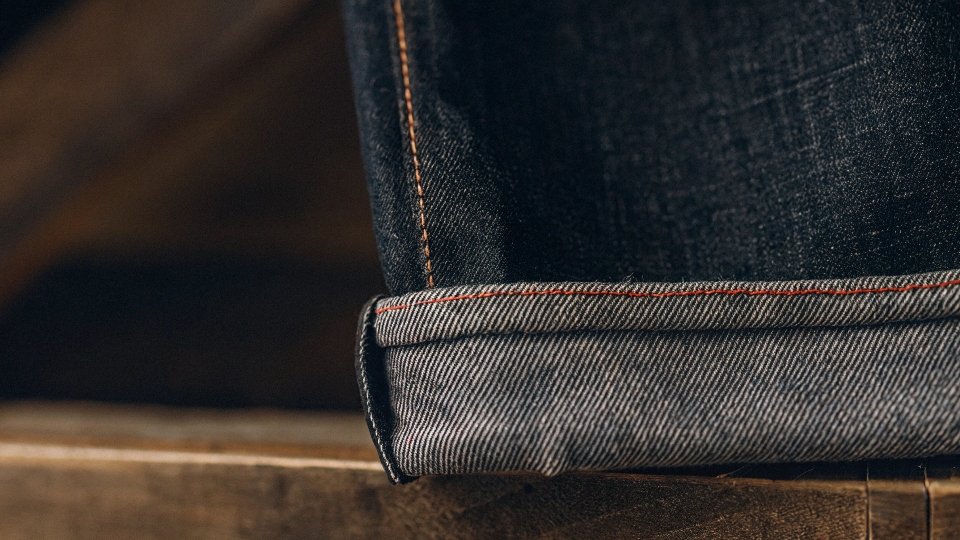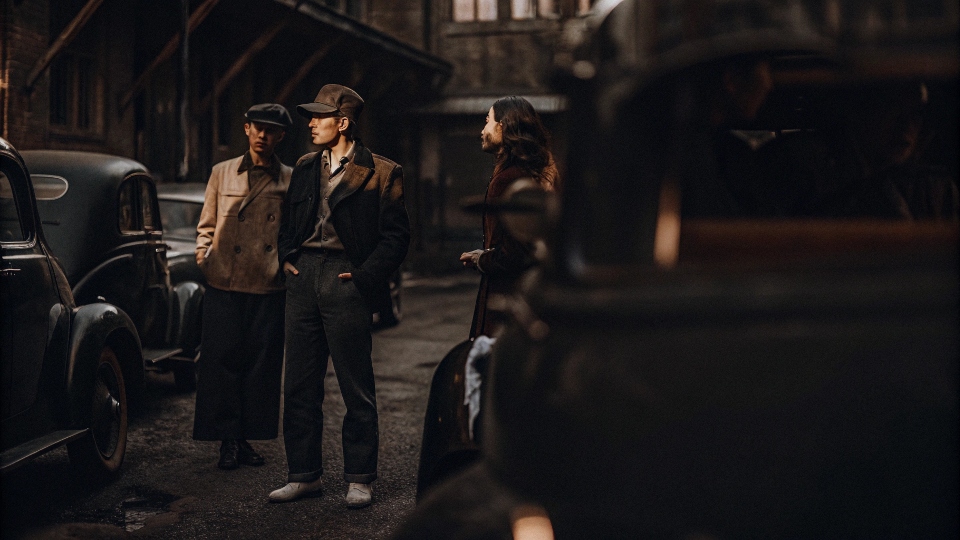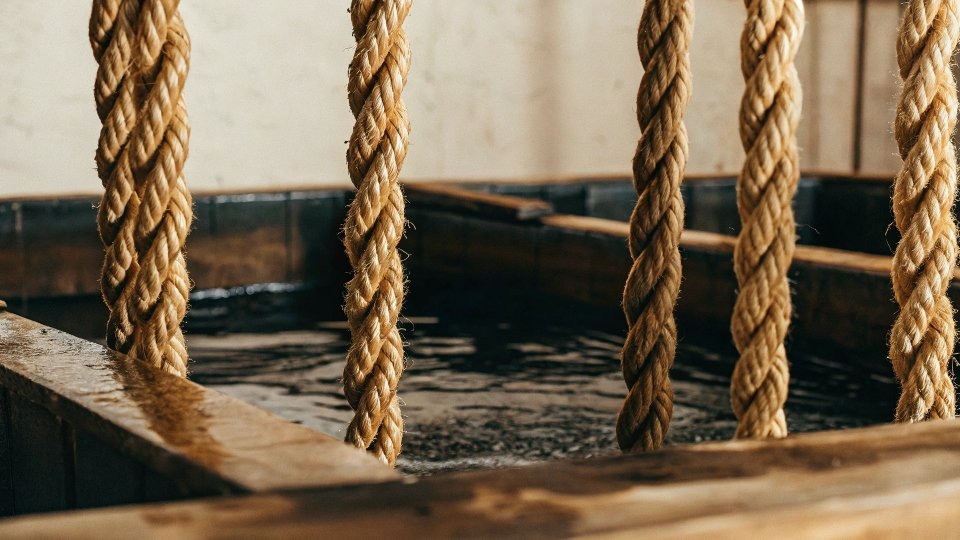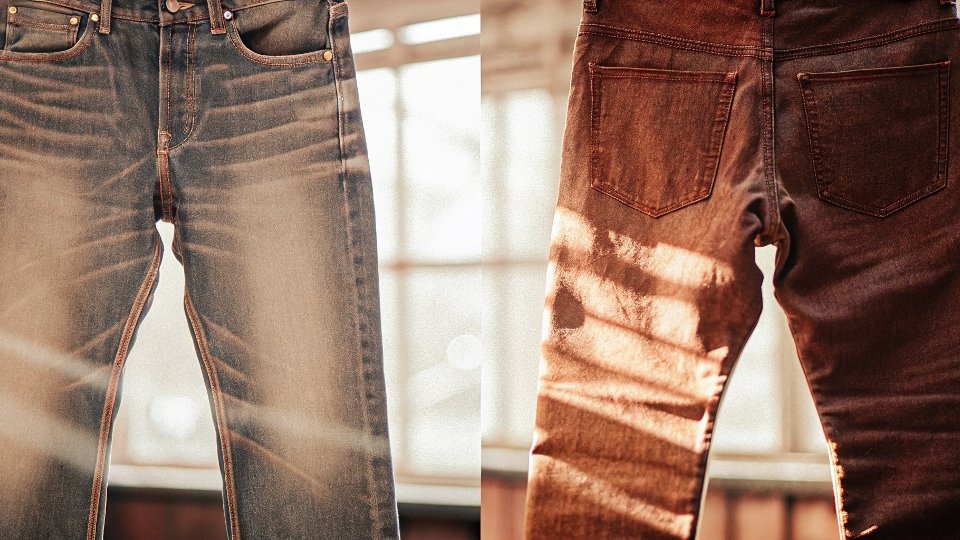People talk about Japanese denim like it's magical. But the deep, cultural story behind this obsession is often untold. It began with post-war American GIs and a passion for perfection.
The Japanese love for jeans started after WWII, when they were introduced by American GIs as a symbol of rebellion. This scarcity led them to not just produce their own denim, but to obsessively master and perfect vintage American weaving and dyeing methods, eventually surpassing the originals.
Your insight tells the story perfectly. When I first got into the denim business, this history fascinated me. After World War II, American soldiers stationed in Japan began selling their extra jeans on the black market. For young Japanese people obsessed with American pop culture1—rock and roll, James Dean, Marlon Brando—these pants were the ultimate symbol of cool.
But they were incredibly rare. As you said, these "jiipan," or "GI pants," were in very limited supply in markets like Tokyo's Ameyoko. This intense scarcity and high demand created the perfect environment for a new industry to be born, one founded not on invention, but on the pursuit of perfection.
What's special about Japanese selvedge denim?
You see that "selvedge" tag on high-end jeans. But what does that little colored line on the outseam of the cuff truly signify to a denim expert?
Japanese selvedge denim2 is special because it's woven on old, slow shuttle looms. This creates a tighter, denser weave with a "self-edge" that won't unravel, resulting in a durable fabric that ages and fades beautifully.
For a designer like Dean, the beauty of Japanese selvedge is in its imperfections. When modern factories like mine want to produce denim quickly, we use projectile looms. They are fast and efficient. But Japanese artisans sought out and restored old-fashioned shuttle looms. These machines are slow and require constant attention. They weave the fabric with a continuous thread (the weft), creating a clean, finished edge: the "self-edge" or selvedge.
This process also creates slight, beautiful inconsistencies in the fabric surface, known as "slub" and "nep." This texture is the signature of vintage-quality denim. It gives the fabric a unique character that you can't get from a modern loom. That colored thread in the seam, often red to mimic vintage Levi's "redline" selvedge, is a maker's mark. It tells you the fabric was made slowly, with intention, and is built to last.
| Feature | Shuttle Loom (Japanese Selvedge) | Projectile Loom (Modern Denim) |
|---|---|---|
| Speed | Slow | Fast |
| Weave | Tighter, Denser, Textured | Looser, Uniform |
| Edge | Clean "Self-Edge" | Frayed, Needs Overlocking |
| Character | High (slub, nep) | Low (flat surface) |
What is the story behind Japanese denim?
Everyone accepts that Japanese denim3 is a gold standard. But its origin story isn't one of invention. It's a story of a national mission to perfectly replicate another country's product.
The story begins after WWII with GIs selling their American jeans. Admired as symbols of pop culture rebellion, these jeans became scarce and expensive, creating a huge domestic demand for vintage-style denim that Japanese entrepreneurs decided to fill themselves.
Your insight on this is key. The problem for Japanese consumers wasn't just scarcity. It was also that the new American jeans they began to import felt stiff and looked too perfect. They had become accustomed to the soft, faded feel of the well-worn jeans from the GIs. The true denim fans wanted that lived-in character from day one. This created a boom market for vintage American jeans, with prices soaring to insane levels. Japanese entrepreneurs saw this gap.
They realized that if they could create brand-new jeans that had the quality, character, and feel of those prized vintage pairs, they would have a huge success. This wasn't just about making pants. It was about reverse-engineering a cultural artifact. It's a perfect example of what you mentioned: when the Japanese decide to master something, whether it's whiskey or denim, they often become the best in the world at it. They started their journey by trying to make a perfect 1950s Levi's jean from scratch.
What is the Japanese denim method?
You hear about the "Japanese Method" of making denim. It sounds mystical, but it's not a secret formula. It's a total philosophy of obsessive, old-world craftsmanship.
The Japanese denim method is a philosophy focused on preserving vintage techniques. It involves using old shuttle looms for selvedge fabric, rope-dyeing4 with pure indigo for rich color, and a focus on creating durable, character-rich denim.
In my factory, we value efficiency, but the Japanese method prioritizes character above all else. It is a combination of three core practices that few others in the world still do at scale.
Shuttle Loom Weaving
As we discussed, this is the foundation. It's about using slow, old machinery to create a selvedge fabric with a dense, uneven texture that's full of life.
Rope Dyeing
Instead of dyeing the cotton yarn quickly, they twist the yarn into a thick "rope" and dip it repeatedly into vats of pure indigo. This method doesn't let the dye penetrate to the very core of the yarn. The center stays white. As the jeans are worn, the indigo surface scrapes away, revealing that white core. This is why Japanese denim is famous for creating such high-contrast, beautiful fades over time.
Obsessive Attention to Detail
This is the final piece. It includes using custom-branded rivets and buttons, chain-stitched hems that create a unique "roping" fade after washing, and incredibly high standards for sewing and construction. It's about perfecting every single element.
What is the difference between regular denim and Japanese denim?
To many, a jean is a jean. But place a regular pair next to Japanese denim, and the differences are felt more than seen. It's a clash of two production philosophies.
The main difference is production. Regular denim is mass-produced on projectile looms for efficiency. Japanese denim is slowly woven on vintage shuttle looms5, creating a denser, heavily textured fabric with a selvedge ID that fades with more character.
As a factory owner, I think about this distinction constantly. It's a simple trade-off between speed and soul. A designer like Dean understands that the fabric is the starting point for everything. Regular denim is designed to be consistent and cheap to produce. It's a perfectly good fabric, but it's uniform.
Japanese denim is designed to be unique from the start. The "slub" on the surface will be different from roll to roll. This isn't a defect; it's the signature of the process. This means a pair of Japanese jeans is a blank canvas that will age and fade in a way that is totally unique to the person wearing it. It's a fabric with a built-in story.
| Feature | Regular Denim | Japanese Denim |
|---|---|---|
| Loom | Modern Projectile Loom | Vintage Shuttle Loom |
| Weave Edge | Open, Frayed (needs stitching) | Closed Selvedge (self-finished) |
| Texture | Flat, Smooth, Uniform | Uneven, Textured, "Slubby" |
| Dyeing | Often quick, chemical dyes | Often slow, pure indigo rope-dyeing4 |
| Aging Goal | To stay looking new | To fade with high character |
Conclusion
Japanese people love jeans because they took an American icon, and through an obsessive dedication to craft, they perfected it, creating the world's most sought-after denim.
-
Explore the impact of American pop culture on Japan's denim industry and fashion. ↩
-
Learn about selvedge denim's unique weaving process and its significance in high-quality jeans. ↩
-
Explore the rich history and craftsmanship behind Japanese denim, a true symbol of quality and style. ↩
-
Understand the traditional rope-dyeing technique that gives Japanese denim its distinctive fades. ↩ ↩
-
Discover how the use of shuttle looms contributes to the durability and character of denim. ↩











